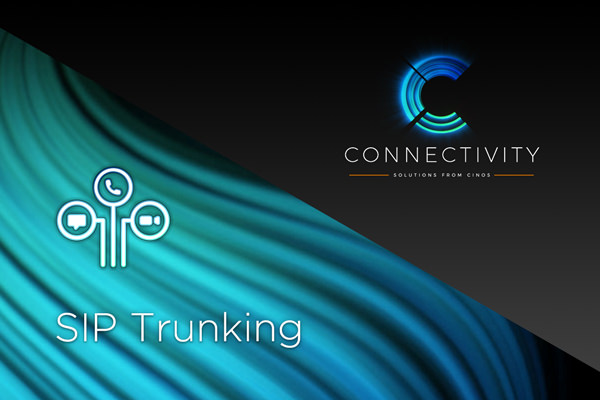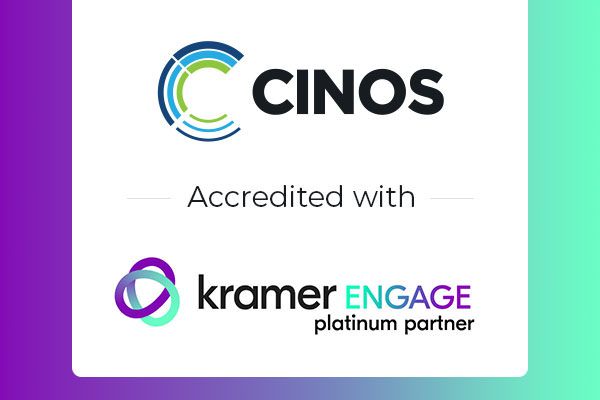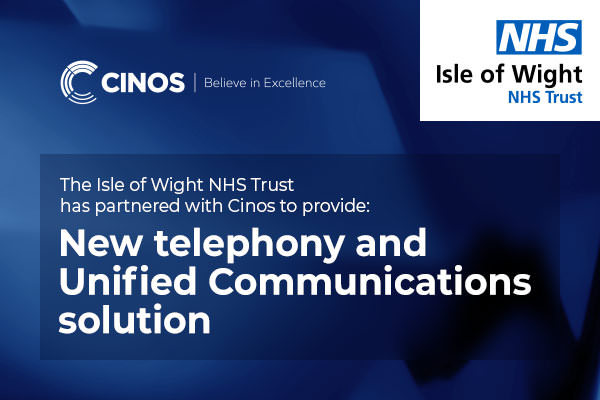
Do you rely on ISDN services? Now is the time to act
July 19th, 2023
The Public Switched Telephone Network, or PSTN, is something that is taken for granted in this modern world of communications. Without thinking, you pick up your mobile phone, dial a number, and are connected to somebody within an organisation without a thought of how that call gets there. Telephony teams have procured PSTN services for their Private Branch Exchange (PBX) environments, and apart from renegotiating a new deal at the end of a contract, or adding or reducing capacity, they have perhaps not spared any more attention to the connectivity they are utilising.
For many years the Integrated Services Digital Network (ISDN) has been the standard and trusted connectivity to the PSTN for PBX environments. Even with the introduction of IP based phone systems, ISDN was still the go-to choice to provide either the main PSTN connectivity, or a backup to the newer options of Session Initiation Protocol (SIP). It often comes in the form of a physical copper cable that’s plugged into a gateway or a line card, and if there is a little green light next to it that usually means everything is in good working order.
However, Openreach will be switching off the UK’s PSTN by 2025 and migrating all customers to internet enabled telecommunications. Many organisations have continued to utilise ISDN technology, but with 2025 being just two years away and Openreach announcing they will stop selling PSTN and ISDN services to new customers in September, now is the time to be giving that PSTN connectivity some serious thought and attention.

Alternatives to ISDN
The replacement for ISDN comes in the form of SIP Trunking. SIP Trunking will still provide that PSTN connectivity, but rather than being over a physical copper cable, this is delivered over an IP network. SIP Trunking will still provide those inbound and outbound calls in exactly the same way that ISDN has, but also allows for additional features and greater resilience than traditional telephony.
Switching to SIP Trunking gives organisations the option to futureproof their existing hardware and make it compatible with internet enabled telephony solutions. Once the PSTN is switched off, legacy telephones will no longer work, so if organisations are keen to keep their current equipment, then opting for SIP trunking is essential. Not only will this allow them to take advantage of integrated communications, including messaging, presence, and video. It will enable organisations to integrate infrastructure across voice, connectivity, and security, providing a robust network for both internal and external communication.
The Cinos SIP Trunking Service
The Cinos SIP Trunking Service is a highly resilient platform capable of providing PSTN services to critical communications platform and is already trusted by a number of healthcare and blue light organisations throughout the UK.
We are able to provide SIP channels into most on premise PBX environments, along with connectivity into cloud services such as Cisco Webex Calling or Microsoft Teams. This flexibility can allow a single PSTN service to be consumed even when an organisation is planning a migration to cloud telephony services, reducing the complexity of migration activities around Direct Dial In (DDI) porting, Command Line Interface (CLI) presentation and reachability between platforms.
As with all of Cinos’ services, ease of consumption and flexibility has been front of mind whilst designing our service. We are able to provide our SIP Trunking over different types of connectivity, including (but not limited to) the internet, Health and Social Care Network (HSCN), private data circuits or existing Multiprotocol Label Switching (MPLS) services. A bespoke design can be produced by our team to ensure the service is delivered to the customer in a highly resilient manner; enabling Cinos to provide critical PSTN connectivity to healthcare and emergency services organisations.
We can provide connectivity from a single, up to unlimited SIP channels for concurrent calls, and the ability to scale the number of channels based upon demand. What about existing DDI numbers? The Cinos team will handle all number porting activities to make the transition to SIP as simple and seamless to the organisation as possible.
Our service provides both pay as you use and bundled minute options, which can provide both cost predictability on bills along with savings compared to ISDN calling charges. Our bundled minute offer includes unlimited SIP calling minutes to UK National (numbers starting 01/02/03) and UK Mobile (UK mobiles starting 07). Subject to fair use policy.
For further information on how Cinos can help your organisation be ready for the ISDN switch off in 2025, get in touch with our team.
Cinos Managed Services:
SIP Trunking
Cinos’ SIP Trunking services enable your office phone system or cloud unified communications and telephony service, such as Microsoft Teams or Webex, to be connected to the public telephone network, allowing a user to make and receive telephone calls.
With legacy ISDN and PSTN circuits no longer orderable as of 2020, and the Public Switched Telephone Network (PSTN) being switched off entirely in the United Kingdom in 2025, SIP Trunking solutions offer the modern telephony means to connect your calls between your phone system or cloud service, and external users.
With these deadlines looming, businesses whose telephony contract is up for renewal need to start exploring alternatives now. Even if you have a few years left on your contract, with PSTN and ISDN lines being switched off in 2025 you must start thinking about how you’ll make the move to SIP/VoIP solutions.





